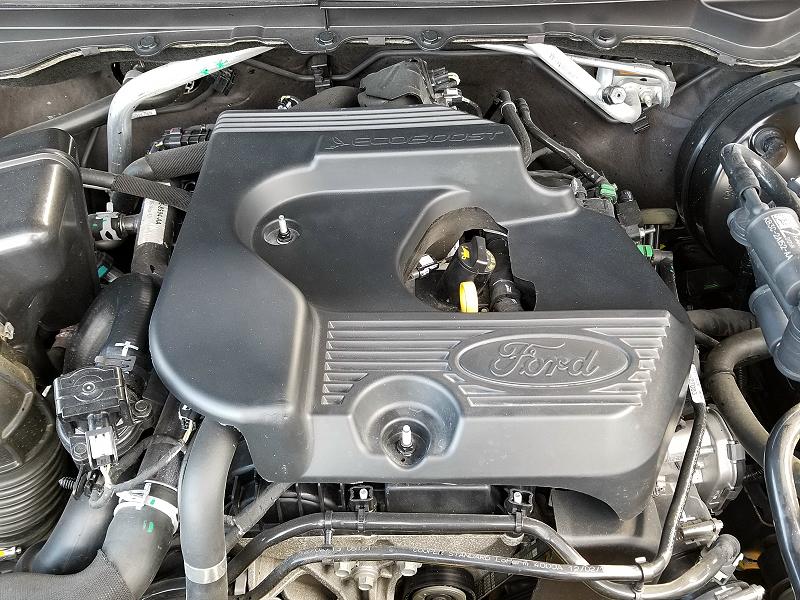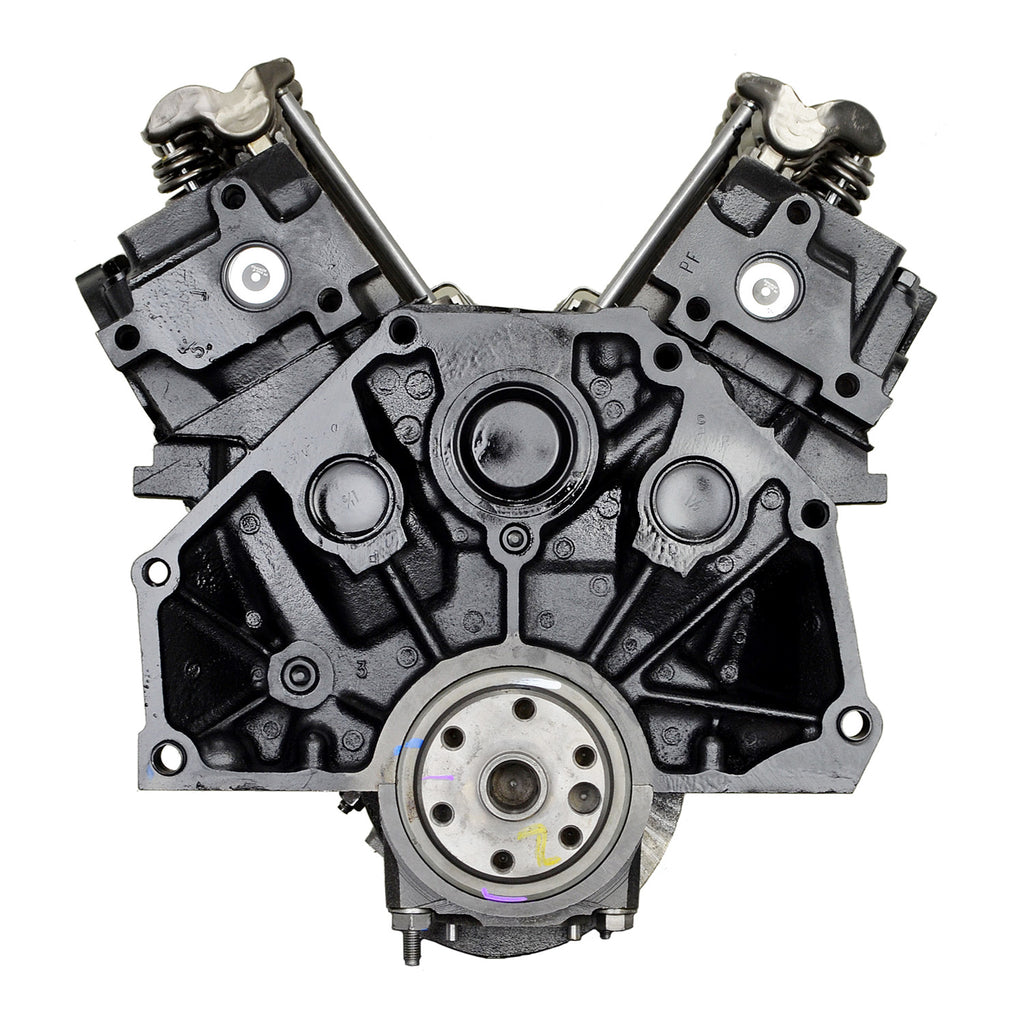Is the 2.2 Ford Ranger Engine the Right Fit for Your Driving and Work Needs?
Is the 2.2 Ford Ranger Engine the Right Fit for Your Driving and Work Needs?
Blog Article
Comprehending the Essentials of Auto Engines: Features, types, and features

Review of Cars And Truck Engines
A vehicle engine serves as the heart of an automobile, converting fuel into power to drive it onward. This intricate system consists of different parts that work in unison to guarantee optimum performance and efficiency. The essential operation of a cars and truck engine entails the interior burning process, wherein gas and air are mixed, stired up, and removed to create power.
The engine's style can dramatically affect its efficiency, fuel performance, and discharges. Secret elements consist of the cyndrical tube block, pistons, crankshaft, and camshaft, each playing an essential function in the engine's total function. The cyndrical tube block houses the cyndrical tubes where combustion occurs, while the pistons transform the explosive power from combustion right into straight motion. This motion is after that transformed right into rotational energy by the crankshaft, allowing the automobile's wheels to transform.
Along with these parts, engines commonly utilize numerous systems such as fuel injection, ignition, and cooling systems to improve performance and longevity. Comprehending the standard mechanics of cars and truck engines is crucial for executing and diagnosing issues maintenance, inevitably adding to the vehicle's integrity and efficiency in time.

Kinds of Cars And Truck Engines
Cars and truck engines can be classified into a number of kinds based upon their design, gas kind, and operational principles. 2.2 ford ranger engine. One of the most common groups consist of inner burning engines (ICE), electric engines, and crossbreed engines
Inner combustion engines, which can be more separated right into gasoline and diesel engines, run by firing up a fuel-air combination to produce power. Gasoline engines are commonly lighter and smoother, while diesel engines are a lot more fuel-efficient and offer greater torque.
Electric engines utilize electrical power saved in batteries to power an electric motor, giving instantaneous torque and no exhausts throughout procedure. As modern technology advances, electrical vehicles (EVs) are significantly becoming preferred for their ecological advantages and reduced running prices.
Hybrid engines integrate aspects of both interior combustion and electric engines, enabling for adaptable power sources and boosted gas effectiveness. They can run in different settings, using either the fuel engine, the electric motor, or both all at once.
Each kind of engine has distinctive advantages and drawbacks, influencing their application in different vehicle kinds and market sectors, from portable cars to heavy-duty trucks. Comprehending these kinds is necessary for making notified choices regarding automobile selection and efficiency assumptions.
Engine Features Discussed
Recognizing engine features is essential for realizing how vehicles operate efficiently. At the core of any interior burning engine lies the fundamental procedure of transforming fuel into mechanical energy.
The ignition occurs next, stiring up the mixture and producing a fast development of gases. This force drives the piston down during the power stroke, which ultimately translates right into the rotational movement of the crankshaft. The exhaust stroke then gets rid of the spent gases from the chamber, making method for a new cycle to start.
In enhancement to these main functions, engines also incorporate systems that handle cooling and lubrication, guaranteeing ideal functional temperature levels and minimizing friction in between moving components. This intricate interplay of features allows the engine to generate the power essential for lorry propulsion while preserving efficiency and integrity. Understanding these functions supplies valuable insight into the complexities of vehicle design and boosts the ability to diagnose and attend to websites engine-related issues effectively.
Secret Engine Functions
Engine design includes several vital attributes that significantly influence efficiency, efficiency, and sturdiness. Among one of the most essential aspects is the engine arrangement, which consists of inline, V-type, and flat layouts. Each setup affects the engine's power, dimension, and equilibrium result, therefore influencing total car characteristics.
One more crucial function is the engine displacement, referring to the overall volume of all cyndrical tubes. Larger displacements usually produce even more power but may compromise gas effectiveness. Engine products also play a crucial duty; high-strength and light-weight materials, such as aluminum and magnesium alloys, boost efficiency without adding extreme weight.
The kind of gas shot system used-- such as direct or multi-port shot-- influences combustion performance and discharges. Supercharging and turbocharging are attributes that increase engine performance by requiring extra air right into the combustion chamber, enhancing power output without substantially boosting engine dimension.
Finally, the existence of sophisticated engine monitoring systems maximizes fuel-air mixture and ignition timing, adding to smoother operation and better fuel economic situation. check out this site Collectively, these attributes define an engine's abilities, establishing the structure for its efficiency and long life in an affordable vehicle landscape.
Upkeep Tips for Engines
Proper engine maintenance is vital for guaranteeing optimum performance and durability, as disregarding routine care can lead to considerable issues down the line. To maintain your engine properly, begin with regular oil modifications, typically every 3,000 to 7,500 miles, relying on the type of oil utilized. Fresh oil lubes engine components, lowering friction and wear.
Additionally, monitoring coolant degrees is vital to avoid overheating. Ensure that the coolant useful site is covered up and remains in excellent problem to preserve reliable temperature level regulation. Frequently replace and examine air and fuel filters, as stopped up filters can prevent air flow and fuel distribution, compromising engine performance.
In addition, pay interest to stimulate plugs and ignition systems. Worn or defective ignition system can result in misfiring and decreased performance. Examining the battery terminals and connections for corrosion is additionally essential, as a weak battery can impact engine starting.

Verdict
In summary, a thorough understanding of automobile engines includes various types, features, and crucial features that significantly affect lorry efficiency. Inner combustion engines, along with hybrid and electric choices, show diverse systems for energy conversion. 2.2 ford ranger engine. Acknowledging the essential features, such as intake and exhaust cycles, alongside important engine functions like setup and gas injection systems, outfits vehicle proprietors with the expertise required for efficient upkeep and procedure, inevitably improving car long life and effectiveness
An automobile engine serves as the heart of a car, converting gas right into mechanical energy to drive it forward. The essential operation of a cars and truck engine entails the inner burning process, in which fuel and air are mixed, stired up, and expelled to develop power.
Frequently replace and check air and gas filters, as blocked filters can hinder airflow and fuel delivery, compromising engine effectiveness. - 2.2 ford ranger engine
In summary, a detailed understanding of cars and truck engines encompasses numerous types, features, and vital functions that considerably influence vehicle efficiency. Recognizing the important features, such as consumption and exhaust cycles, alongside crucial engine features like configuration and fuel injection systems, outfits vehicle owners with the understanding required for efficient upkeep and operation, eventually boosting lorry long life and effectiveness.
Report this page